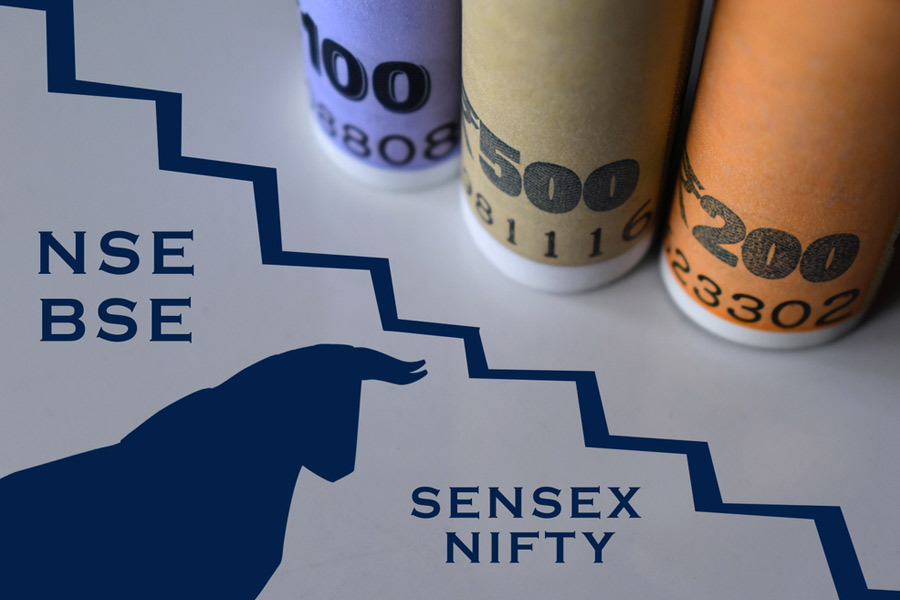 |
Nearly 33 million people in India suffer from diabetes and another one million is unaware of their diabetic condition. To combat diabetes, apart from diet and exercise, many patients depend on insulin injections or anti-diabetic tablets to keep their blood glucose level under control. So Consumer Education and Research Society (CERS), Ahmedabad, decided to test these life-saving drugs. Twenty brands of anti-diabetic tablets were tested and it was found that all of them complied with the Indian Pharmacopoeia and British Pharmacopoeia standards.
Brands tested
CERS tested four generic drugs, which are glibenclamide, glipizide, gliclazide and metformin. Out of these, metformin is a biguanide and the other three are sulphonylureas.
CERS tested five brands of each type of generic drug, all of which are national brands. The glibenclamide tablets tested were Daonil, Diabetnil, Euglucon, Glyboral and Glinil which had 5 mg strength. Glycomet, Gluformin, Walaphage, Glyciphage and Obimet were metformin tablets and were of 500 mg each. The glipizide tablets of 5 mg were Glynase, Diaglip, Glide, Glucotrol and Glibetic and the gliclazide tablets of 80 mg were Glycigon, Reclide, Glizid, Dianorm and Diamicron .
CERS selected two kinds of anti-diabetic oral drugs ? sulphonylurea and biguanide. Sulphonylureas work by stimulating the pancreas to release more insulin. Non-obese patients with Type 2 diabetes i.e, non-insulin dependent diabetes, are usually prescribed sulphonylureas. Biguanides work by increasing insulin sensitivity and glucose utilisation, thus reducing the amount of glucose produced by the liver. Obese patients with Type 2 diabetes are usually prescribed biguanides.
Parameters
All the tablets were tested for four basic parameters ? identification, assay, uniformity of weight and disintegration. CERS also tested glibenclamide for uniformity of content and metformin tablets for dissolution as specified. Though the test for uniformity of content was not specified for glipizide and gliclazide, CERS extended the test for these drugs in the consumer’s interest.
Identification: This test was done to identify the active ingredient in the drug.
Assay: The test for assay was done to find out the actual amount of active ingredient present in the tablet and to check whether it was the same as what was labelled. This was carried out on a net quantity of randomly selected 20 tablets.
Uniformity of weight: This test was done to check the individual variation of the weight from the average weight of the dosage unit. This also gave an idea of the uniformity of distribution of the material before the preparation of the tablets.
Disintegration: A tablet needs to break down into small particles or disintegrate so that it is ready for absorption within a specific time period. This test helped check whether a tablet disintegrates within a fixed time period.
Uniformity of content: This test determined whether the actual amount of active ingredient was present in a single dose, that is, a single tablet.
Dissolution: This test measured the actual release of the drug from the tablet into the gastro-intestinal fluid, which is an essential step in drug availability to the body.
Labelling
All the brands carried the following labelling information ? name and address of the manufacturer, label claim of active ingredient, quantity, batch number, date of manufacture, date of expiry, manufacturer’s licence number, price, storage conditions and cautionary information.
Side-effects
A common side-effect of sulphonylureas is hypoglycaemia, or low blood glucose level. Common side-effects of biguanides include abdominal discomfort, diarrhoea, nausea or vomiting, loss of appetite and metallic taste.
For more information write to cerc@cercindia.org
value for money
• As all the brands comply with the standards, a major criterion for preferring one brand to another is the price. Ten glibenclamide tablets cost between Rs 5.50 and Rs 8. Ten metformin tablets cost between Rs 7.20 and Rs 13.10 whereas 10 glipizide tablets cost around Rs 4.65 to Rs 6.65. The gliclazide tablets were the costliest with the price ranging between Rs 29 and Rs 63.70 for 10 tablets.
• The variation in the price, apart from profit margin, could be due to the additives used in making the tablet such as for coating, binding, disintegration, dissolution and for increasing bulk. The additives also influence the efficiency of the tablets.











